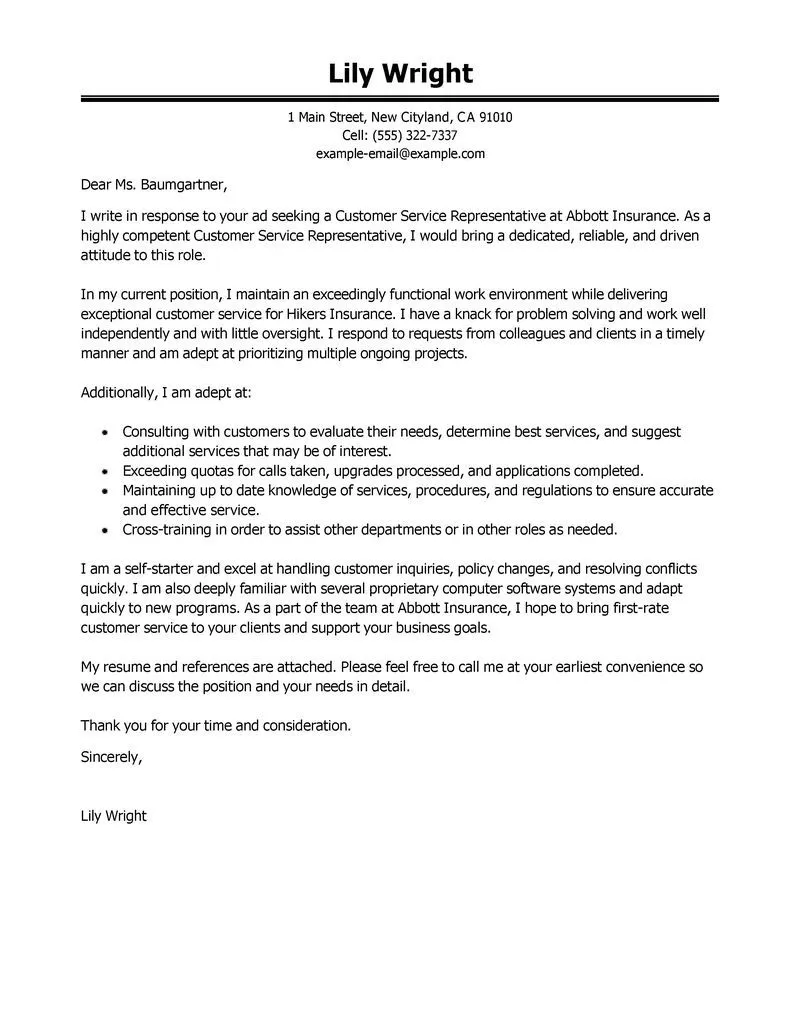In the competitive job market, a customer cover letter is your initial handshake, the first impression you make on a potential employer. It’s your chance to showcase your skills, experience, and personality. This guide provides actionable tips on how to write a cover letter that not only impresses but also secures you an interview. A well-crafted cover letter demonstrates your understanding of the customer service role and your ability to communicate effectively. By following these guidelines, you can significantly increase your chances of landing your dream customer service position. Remember, the goal is to stand out from the crowd and make a lasting impression. Let’s dive into crafting a cover letter that grabs attention and highlights your potential.
Crafting a Winning Customer Cover Letter
Understanding the Customer Service Role
Before you begin writing, understanding the customer service role is crucial. Customer service professionals are the bridge between a company and its customers, resolving issues, providing information, and ensuring customer satisfaction. They are the front line, often dealing with the public and handling complaints, queries, and product support. This requires a unique blend of skills – empathy, patience, strong communication, and problem-solving abilities. Knowing the nuances of this role helps you tailor your cover letter to highlight the most relevant experiences and skills that align with the job requirements. Reflect on past experiences and consider how they align with the job description. Identify specific examples where you demonstrated these key skills.
Key Responsibilities and Skills
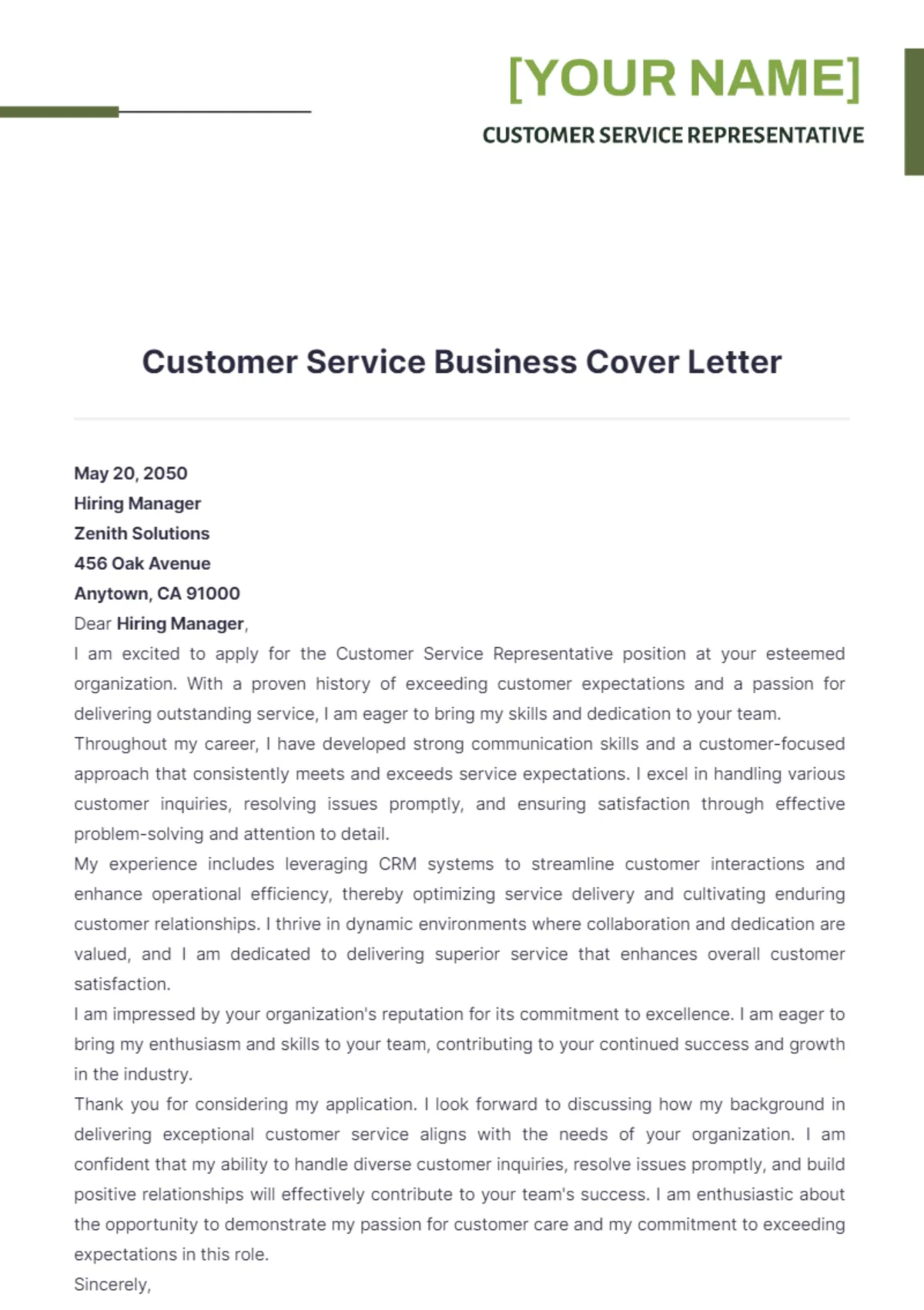
Customer service responsibilities often include handling customer inquiries, resolving complaints, processing orders, and providing product information. The essential skills involve active listening, clear communication, problem-solving, and the ability to remain calm under pressure. Highlighting these skills in your cover letter is vital. Think about examples where you successfully resolved a customer issue, went above and beyond to meet a customer’s needs, or demonstrated exceptional communication skills. Quantify your achievements whenever possible. For example, mention how you improved customer satisfaction ratings or reduced resolution times. This gives concrete evidence of your abilities and makes your cover letter more impactful. Tailor your cover letter to the specific job description, emphasizing the skills and experiences that align with the company’s requirements.
Essential Elements of a Customer Cover Letter
A compelling customer cover letter consists of several key elements that work together to create a positive impression. These elements are essential for showcasing your qualifications and highlighting your suitability for the role. From a professional tone and format to specific examples of how you have excelled in a customer-facing role, a well-structured cover letter can set you apart. Ensure each section is clear, concise, and directly relevant to the job requirements. By including these essential elements, you can make a strong case for your candidacy and significantly increase your chances of being selected for an interview. Remember, this is your opportunity to sell yourself and demonstrate why you are the best candidate for the position.
Personalizing Your Letter
Personalization is key. Generic cover letters are easily spotted and often discarded. Tailor your letter to the specific company and the job you are applying for. Research the company to understand its values, mission, and recent activities. Mentioning specific aspects of the company or the role demonstrates that you have taken the time to learn about them and are genuinely interested. Addressing the hiring manager by name, if possible, is another way to personalize your letter. This shows that you have done your research and are making a direct connection. Customize the content to highlight the skills and experiences that directly align with the job description. This personalization significantly increases your chances of making a positive impression.
Highlighting Relevant Experience
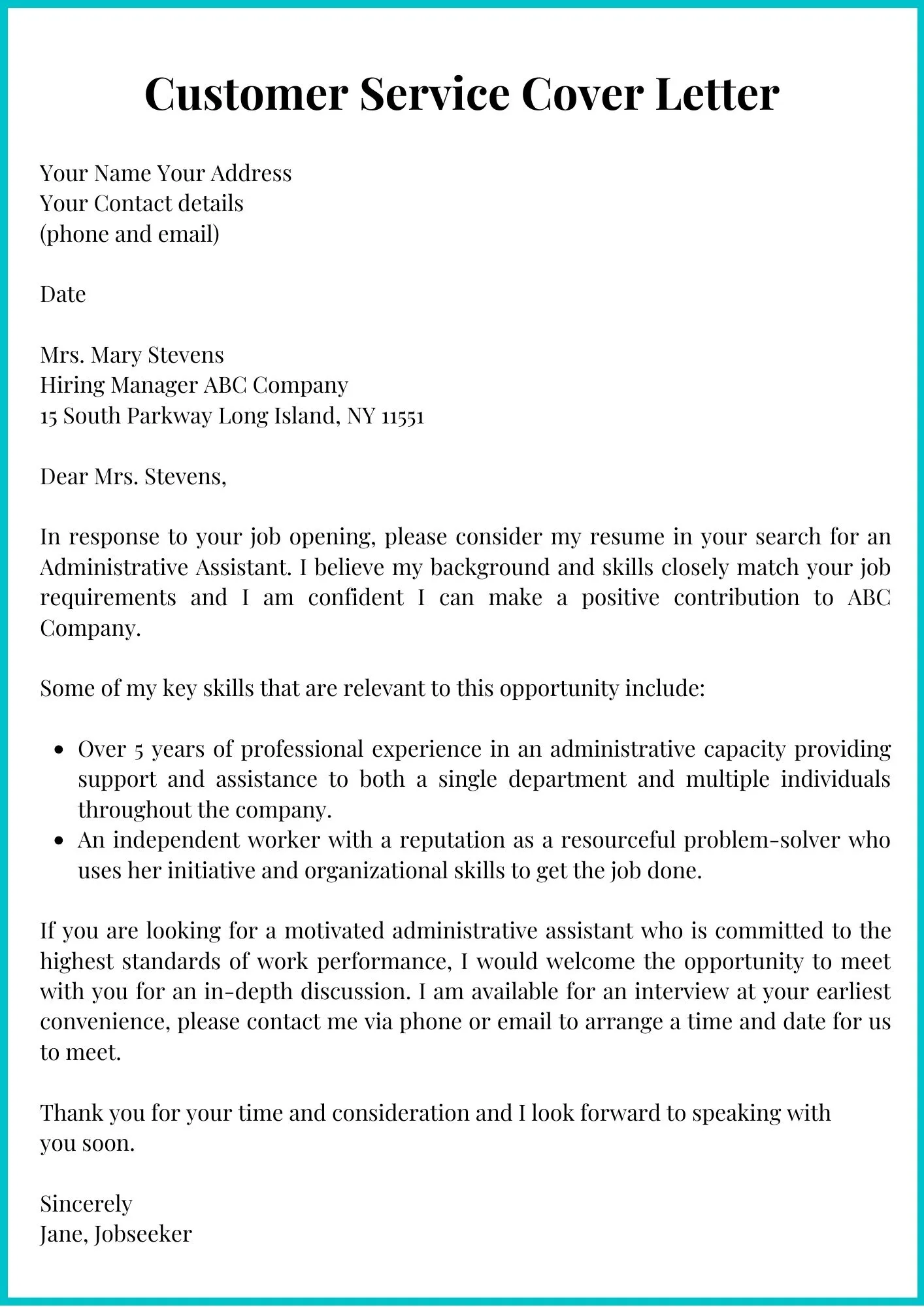
Your cover letter should highlight your relevant experience, showing how your past roles have prepared you for this new opportunity. Provide specific examples of how you have handled customer interactions, resolved issues, and provided exceptional service. Use the STAR method (Situation, Task, Action, Result) to structure your examples. Describe the situation, the task you were assigned, the actions you took, and the positive results you achieved. Focus on experiences that demonstrate your ability to communicate effectively, handle difficult situations, and exceed customer expectations. If you have experience with specific customer service software or tools, be sure to mention those. Quantify your achievements whenever possible, such as increased customer satisfaction or decreased resolution times. The goal is to provide concrete evidence of your skills and abilities.
Quantifying Achievements
Quantifying your achievements adds credibility and impact to your cover letter. Instead of simply stating that you improved customer satisfaction, provide specific numbers. For example, “Increased customer satisfaction scores by 15% within six months.” Use metrics to demonstrate the value you brought to your previous roles. Did you reduce customer complaints, increase sales, or improve efficiency? Providing quantifiable results makes your accomplishments more tangible and demonstrates your impact. Use percentages, numbers, and other measurable data to showcase your achievements. This makes your cover letter more persuasive and shows that you can deliver results. Remember, employers want to see how you have made a difference in past roles, and quantifiable achievements are the best way to prove it.
Showcasing Soft Skills
Customer service roles require a strong blend of soft skills. Your cover letter should showcase these skills, as they are essential for success in this field. Highlight skills such as empathy, active listening, communication, problem-solving, and the ability to remain calm under pressure. Use specific examples to demonstrate these skills. For example, describe a situation where you used active listening to understand a customer’s needs, or how you used empathy to resolve a difficult complaint. Show how you communicate effectively, both verbally and in writing. Demonstrate your ability to handle stressful situations with grace and professionalism. The best way to showcase soft skills is through real-life examples that illustrate your abilities. This will make your cover letter more relatable and memorable, increasing your chances of standing out.
Formatting and Structure for Impact

The formatting and structure of your customer cover letter are just as important as its content. A well-formatted letter is easy to read and makes a positive impression. A disorganized or poorly formatted letter can distract the reader from your qualifications. Pay attention to the layout, font, and overall presentation of your cover letter. This is your opportunity to make a good first impression. Proper formatting will help you showcase your abilities and demonstrate your attention to detail. Aim for a clear, concise, and visually appealing cover letter. Ensure that the formatting complements the content and enhances readability. A well-structured and formatted cover letter is more likely to grab the reader’s attention and lead to an interview.
Choosing the Right Tone and Language
The tone and language you use should be professional yet approachable. Avoid overly formal or informal language. Aim for a balance that reflects your professionalism and your ability to connect with customers. Use clear, concise language and avoid jargon or overly complex sentences. Proofread your letter carefully to ensure there are no grammatical errors or typos. The language should convey enthusiasm and a genuine interest in the role and the company. Demonstrate your understanding of customer service principles by using positive language and focusing on the customer’s needs. The language you use should reflect your personality and communication style, but always maintain a professional tone. Ensure that the tone aligns with the company culture to make a positive impression.
Formatting Your Letter for Readability
Your cover letter should be easy to read. Use a professional font, such as Times New Roman, Arial, or Calibri, with a font size between 10 and 12 points. Use single-spaced lines and leave a space between paragraphs. Keep your paragraphs short and concise. Use bullet points to highlight key skills, experiences, and accomplishments. Avoid long blocks of text, as these can be overwhelming and difficult to read. Divide your cover letter into clear sections with headings and subheadings. Use white space effectively to create a clean and organized layout. Proofread your letter carefully to ensure it is free of errors. A well-formatted letter will make it easier for the hiring manager to read and understand your qualifications.
Common Mistakes to Avoid
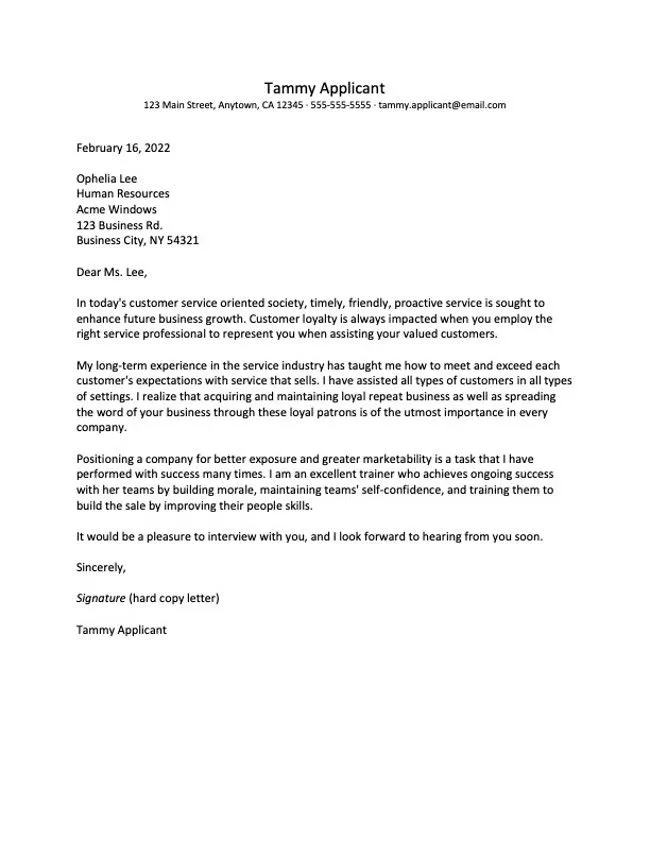
Avoiding common mistakes can significantly increase your chances of success. Many applicants inadvertently make errors that can damage their prospects. Being aware of these pitfalls and proactively avoiding them will help you create a cover letter that stands out for all the right reasons. Pay close attention to details, and always proofread your letter before submitting it. By avoiding these common errors, you can make a strong first impression and demonstrate your attention to detail and professionalism. Remember, your cover letter is a reflection of your abilities and your commitment to the role.
Typos and Grammatical Errors
Typos and grammatical errors are among the most common and detrimental mistakes. These errors can make you appear careless and unprofessional. Always proofread your cover letter carefully before submitting it. Use a grammar checker and ask someone else to review your letter. Even a single typo can create a negative impression and undermine your credibility. Ensure that your grammar is correct and that your sentences are clear and concise. Pay attention to punctuation, spelling, and sentence structure. Proofreading is a critical step in the cover letter writing process. Take the time to ensure your letter is error-free. This attention to detail demonstrates your professionalism and respect for the employer.
Generic Cover Letters
Generic cover letters are a major turnoff for hiring managers. A generic letter is one that could be sent to any company or any job without significant changes. These letters lack personalization and fail to demonstrate your genuine interest in the specific role or company. Tailor your cover letter to each job application. Research the company, understand its values, and mention specific aspects of the role that excite you. Show that you have taken the time to understand the job and are genuinely interested in the opportunity. Generic letters indicate a lack of effort and can suggest a lack of genuine interest in the position. Avoid generic templates, and personalize each letter to make a strong impression on the hiring manager.
Lack of Enthusiasm
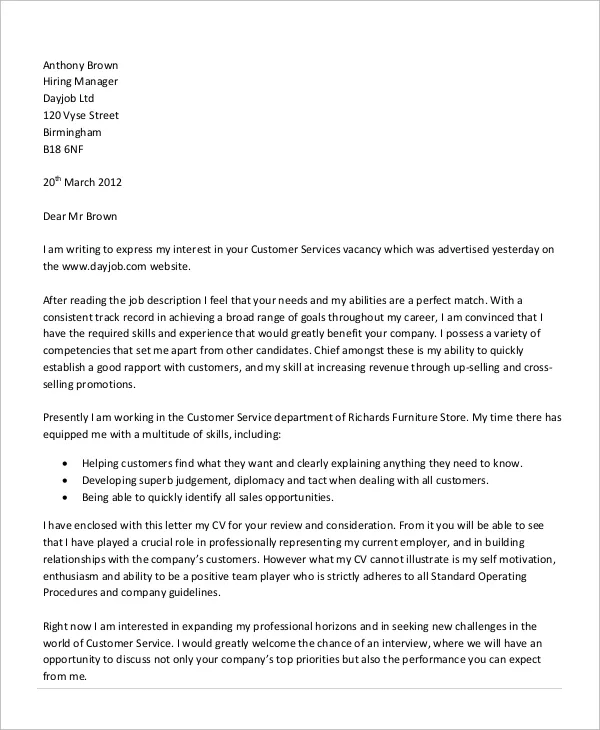
Your cover letter should convey enthusiasm for the role and the company. Hiring managers want to see that you are excited about the opportunity. Avoid a passive or indifferent tone. Use positive language and express your eagerness to contribute to the company’s success. Highlight aspects of the role or company that particularly appeal to you. Demonstrate your understanding of customer service principles and your passion for helping customers. Enthusiasm is contagious, and your cover letter should reflect your genuine interest in the position. Show that you are looking forward to the opportunity and that you are excited about the prospect of joining the team. Your enthusiasm will make a lasting impression and increase your chances of securing an interview.
Proofreading and Editing
Proofreading and editing are essential steps in the cover letter writing process. A well-edited letter is free of errors and demonstrates your attention to detail. Take the time to review your cover letter multiple times, checking for typos, grammatical errors, and inconsistencies. Read your letter aloud to catch any awkward phrasing or unclear sentences. Use a grammar checker, but also rely on your own eyes to ensure accuracy. Ask a friend or colleague to proofread your letter. A fresh pair of eyes can often catch errors that you might have missed. Edit your letter for clarity and conciseness. Ensure that your message is clear and easy to understand. Proofreading and editing will help you avoid mistakes and make a positive impression on the hiring manager.
Tools and Techniques
Utilize various tools and techniques to enhance the quality of your cover letter. Grammar checkers, such as Grammarly or ProWritingAid, can help identify and correct grammatical errors and improve your writing style. Use a dictionary and thesaurus to find the right words and avoid repetition. Read your cover letter aloud to identify awkward phrasing or unclear sentences. Make use of online resources and templates to get ideas and inspiration. These tools can assist in the writing process, but always customize your letter. Ensure that the cover letter is tailored to your experience and to the specific job. Use these tools as aids, but don’t rely on them to do the work for you. Focus on creating a letter that accurately reflects your skills and qualifications.
Seeking Feedback
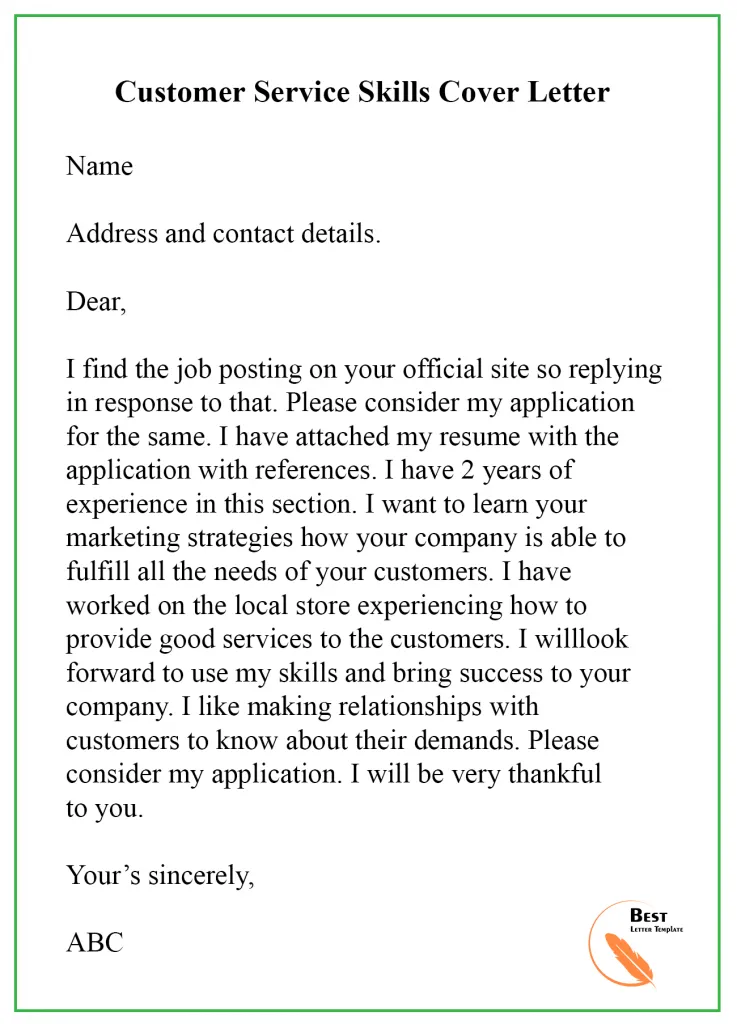
Seeking feedback from others can greatly improve the quality of your cover letter. Ask a friend, family member, or career counselor to review your letter. Their feedback can help you identify areas for improvement and catch errors you may have missed. Get feedback on your writing style, the clarity of your message, and the overall impression your letter makes. Be open to constructive criticism and willing to make revisions based on the feedback you receive. Use feedback to refine your cover letter, making it more effective and compelling. Asking for feedback demonstrates that you are proactive and committed to producing the best possible cover letter. Incorporating feedback is an essential step in the writing process and will significantly improve your chances of success.
Finalizing and Submitting Your Letter
Before submitting your cover letter, take some final steps to ensure it is perfect. Review your letter one last time, checking for any remaining errors. Verify that the formatting is consistent and professional. Ensure that your contact information is accurate and up-to-date. Save your cover letter in a professional format, such as PDF, to preserve the formatting. Customize your cover letter to align with the job description. Tailor your letter to each application. Proofread and edit until you are completely satisfied. Submit your cover letter with confidence, knowing that you have created a compelling document that highlights your qualifications. By following these steps, you will significantly increase your chances of landing your dream customer service position.
In conclusion, a well-crafted customer cover letter is your key to making a positive first impression. By understanding the customer service role, highlighting your relevant experience, and avoiding common mistakes, you can create a cover letter that impresses potential employers. Remember to personalize your letter, quantify your achievements, and showcase your soft skills. By following the tips outlined in this guide, you can increase your chances of securing an interview and landing your dream customer service job. Use the provided strategies, and you’ll be well on your way to writing a cover letter that gets you noticed and opens doors to new opportunities. Good luck with your job search!
